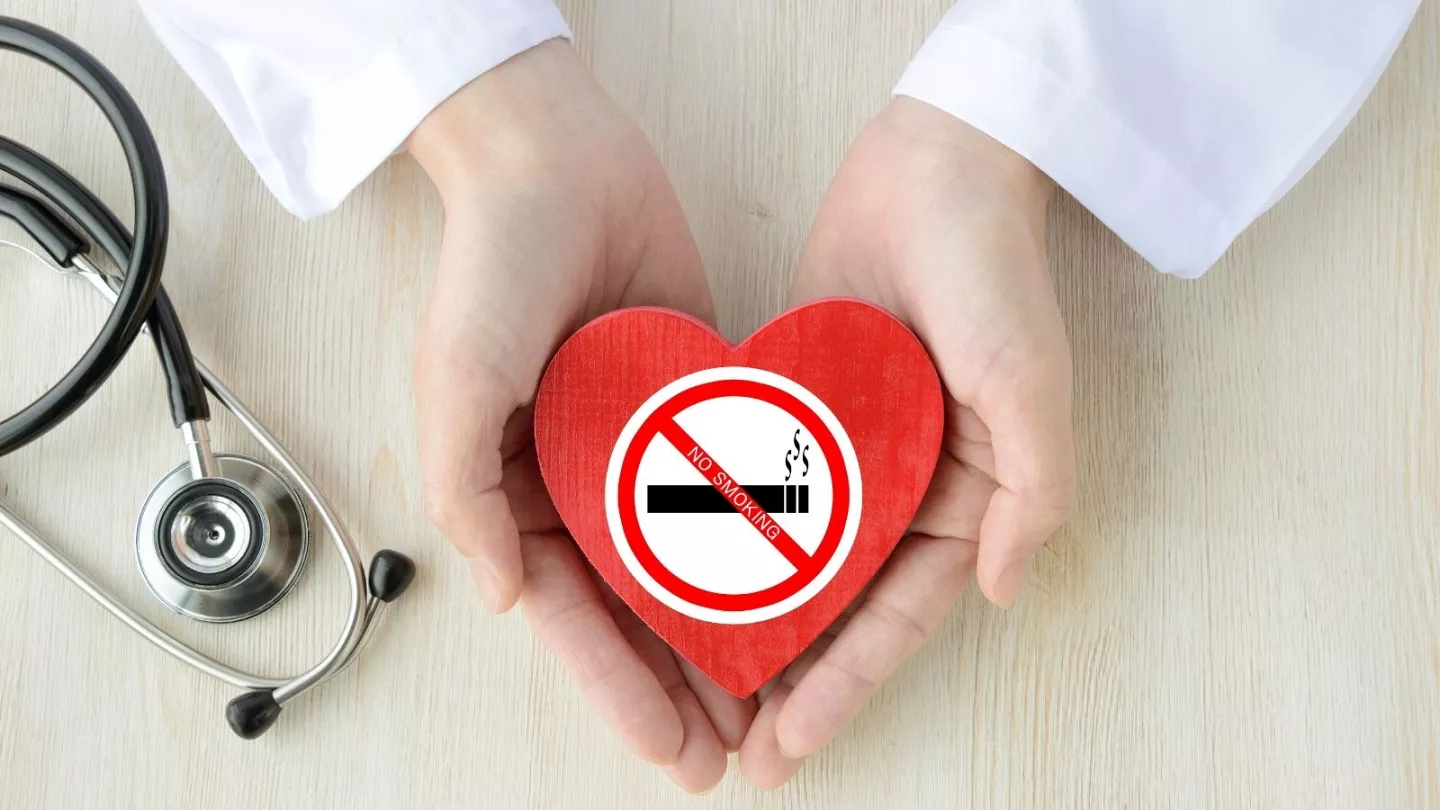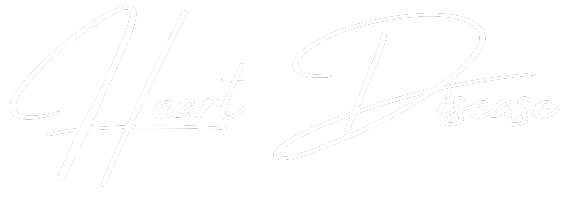
The effects of smoking on the heart start quickly. Inhaling tobacco smoke narrows blood vessels. This limits oxygen flow to the heart muscle. Chemicals in smoke damage vessel linings almost immediately. These damaged vessels cannot expand properly. The result is higher blood pressure and reduced circulation. Even occasional smoking affects vascular tone. The body reacts strongly, even when exposure is short.
Nicotine increases heart rate by activating the body’s stress response
Nicotine doesn’t just relax—it stimulates. It activates the adrenal system, releasing adrenaline. Heart rate rises as blood pressure increases. This isn’t temporary if exposure continues. Over time, the heart stays in an elevated state. Resting becomes difficult, and the heart works harder. That strain contributes to long-term wear on cardiac tissue. Continuous stress shortens the heart’s resilience and function.
Platelets become stickier, increasing the risk of unwanted clot formation
Tobacco smoke alters how blood components behave. Platelets, responsible for clotting, become hyperactive. They clump together faster than usual. Clots may form even without injuries. This raises the risk of sudden blockages in coronary arteries. A clot can interrupt blood supply to the heart. That’s how heart attacks often begin—abrupt, silent, and without warning. Smoking sets the stage long before symptoms appear.
Carbon monoxide reduces the amount of oxygen carried by red blood cells
Cigarette smoke contains carbon monoxide. This gas binds to hemoglobin in red blood cells. It displaces oxygen, lowering what your blood can deliver. The heart, already strained, receives less oxygen. It compensates by pumping faster. Long-term exposure leads to a state of oxygen scarcity. Even mild activity becomes tiring. The body learns to function below capacity, but the toll builds slowly.
Chronic exposure inflames the walls of arteries throughout the cardiovascular system
Inflammation is a hidden effect of smoking. Smoke irritates the artery walls consistently. The body responds by sending immune cells to the area. This triggers low-grade inflammation that never fully resolves. Arterial walls thicken and stiffen. Fatty plaques are more likely to form and rupture. Smoking accelerates this process. The entire cardiovascular network becomes less efficient with time.
Smoking disrupts cholesterol balance by reducing good HDL and raising harmful LDL
Tobacco use shifts cholesterol ratios. Good cholesterol (HDL) declines. Bad cholesterol (LDL) increases. Triglyceride levels also rise. These changes contribute to atherosclerosis—plaque buildup in the arteries. Without enough HDL, your body struggles to clear cholesterol. With more LDL, that buildup happens faster. This imbalance directly affects the heart’s ability to stay healthy. Smoking reinforces this dangerous shift.
People who smoke are more likely to suffer from silent ischemia without clear symptoms
Heart problems don’t always announce themselves. Some people experience silent ischemia. This means reduced blood flow without obvious pain. Smokers are more prone to this condition. Damaged nerves may block warning signs. A smoker may feel nothing until a major cardiac event. This delays diagnosis and limits early intervention. Silent damage continues unnoticed in many cases.
Quitting reverses some effects within days, but others may linger for years
Stopping smoking changes the heart’s outlook. Within days, oxygen delivery improves. Heart rate and blood pressure start normalizing. Inflammation markers decline. But some effects remain. Vascular damage can take years to reverse. Some plaque may never fully disappear. Still, the risk of heart attack drops quickly after quitting. Each smoke-free day supports recovery, but patience is required. The body repairs slowly but surely.
Secondhand smoke also alters cardiovascular health, even with brief exposure
Non-smokers aren’t safe from harm. Brief exposure to secondhand smoke affects their arteries. The same toxins enter their lungs and bloodstream. Their vessels narrow and heart rate rises. Children and elderly people are more vulnerable. Long-term exposure, even in small amounts, raises heart disease risk. Avoiding smoke-filled environments matters more than people assume. Shared air carries real consequences.
Smoking combined with other risk factors creates a compounding effect on heart health
Smoking doesn’t exist in isolation. When combined with high blood pressure or diabetes, its effects worsen. Risk factors multiply. A smoker with high cholesterol faces greater threat than numbers suggest. The damage is layered, not linear. Preventive strategies must consider this. Targeting smoking helps, but broader changes offer better protection. The heart benefits from tackling all fronts together.
Source: Heart Diseases in Dubai / Heart Diseases in Abu Dhabi
